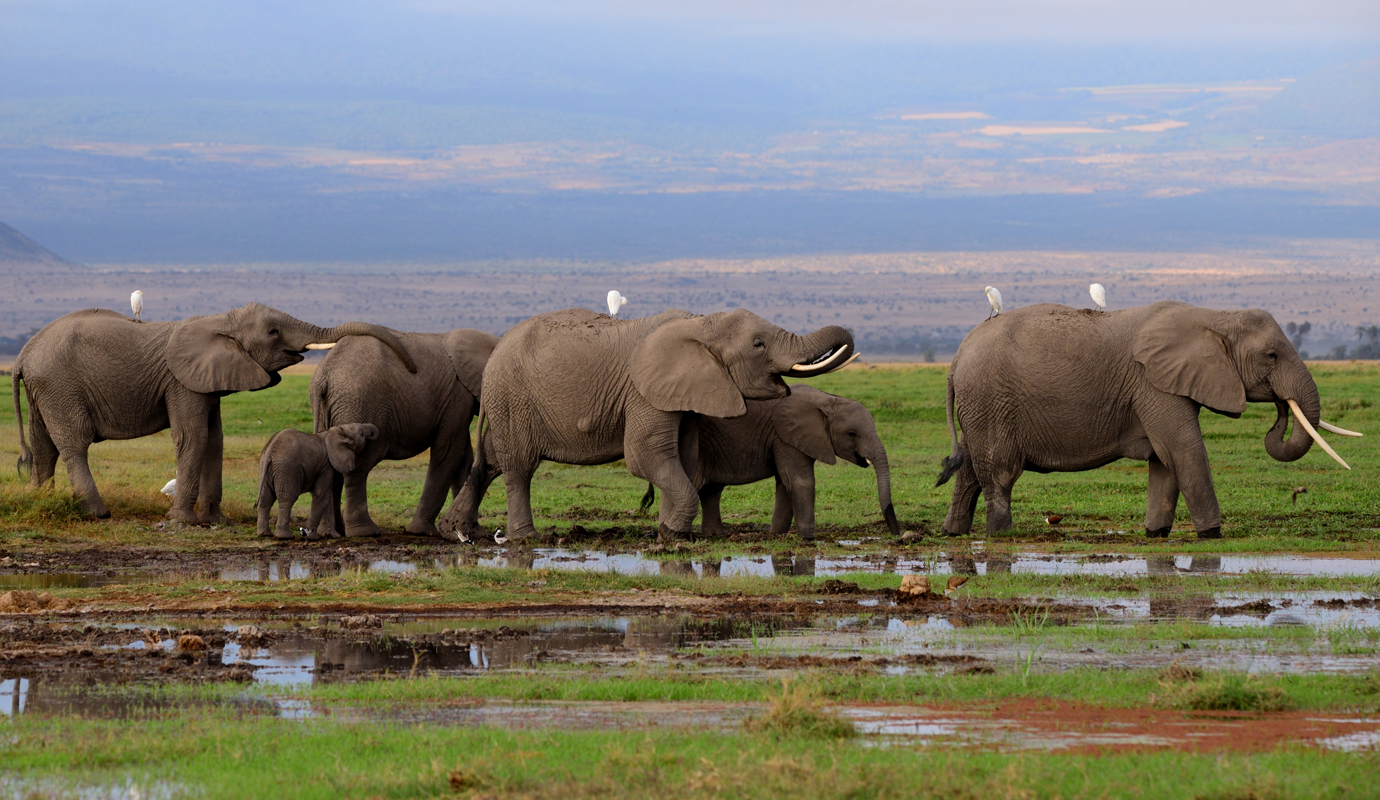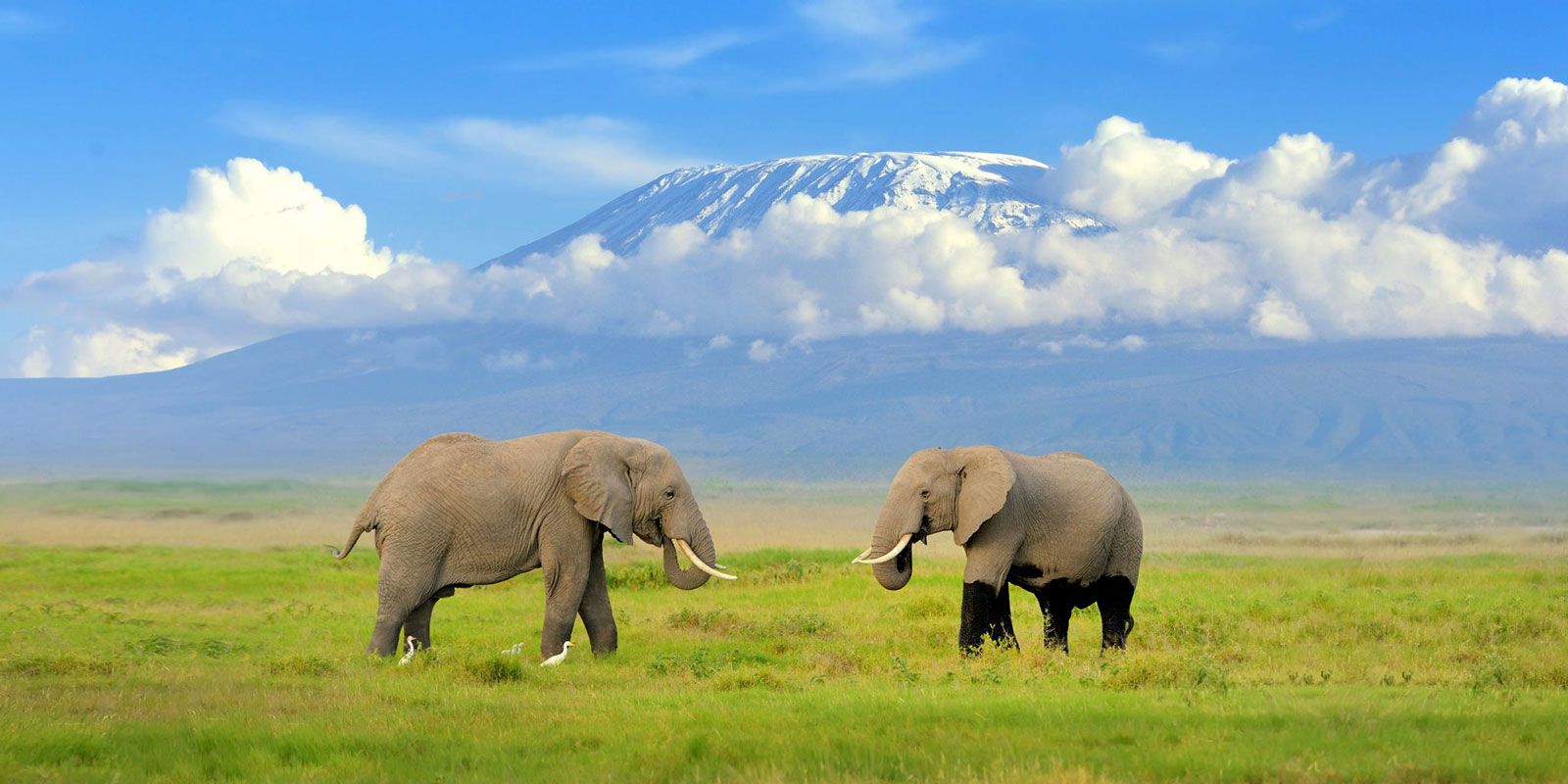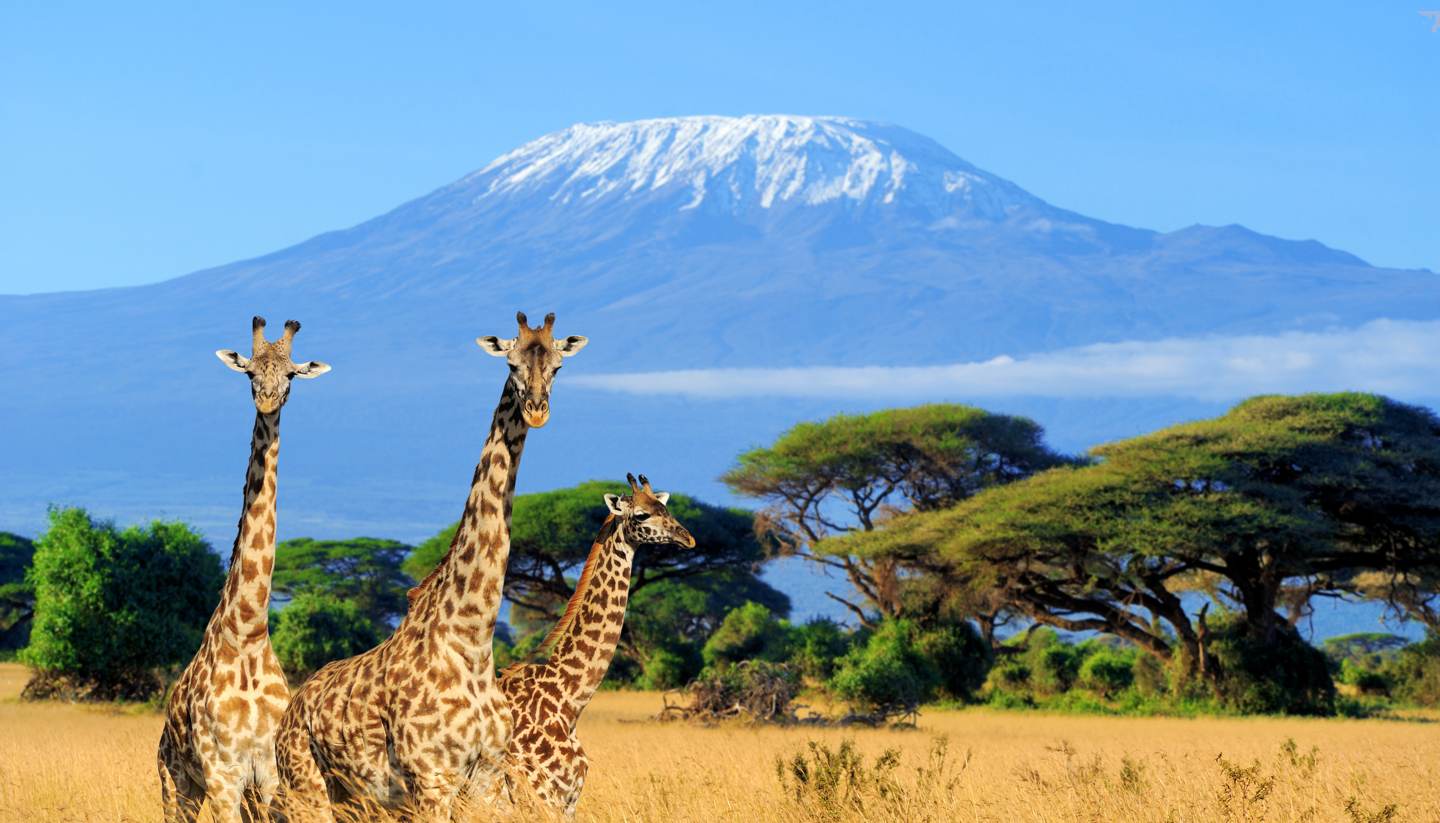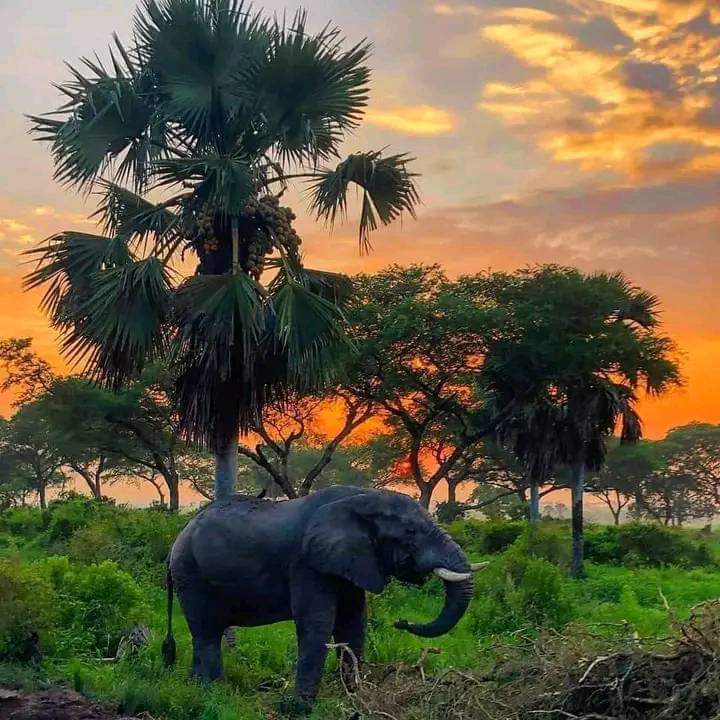Incredible Amboseli
Amboseli National Park, located in southern Kenya near the border with Tanzania, is one of the most captivating wildlife destinations in Africa. Famed for its breathtaking views of Mount Kilimanjaro, the park is a remarkable tapestry of ecosystems and wildlife that draw visitors from across the globe. Covering an area of 392 square kilometers, Amboseli is celebrated not only for its iconic elephant herds but also for its unique and diverse habitats that support an incredible variety of flora and fauna.
A Mosaic of Habitats
The park’s distinctive charm lies in its five main wildlife habitats: savanna grasslands, acacia woodlands, rocky thorn bush, swamps, and marshlands. This diversity of ecosystems ensures that every corner of the park offers something unique.
Savanna Grasslands: These open plains are quintessential African landscapes, where herds of zebras, wildebeests, and antelopes roam freely. Predators such as lions, cheetahs, and hyenas can often be spotted stalking their prey in this golden expanse.
Acacia Woodlands: The woodlands provide shade and food for giraffes, elephants, and an array of bird species. These areas also create picturesque scenes with acacia trees silhouetted against the backdrop of Mount Kilimanjaro.
Rocky Thorn Bush: This rugged terrain is home to more elusive species, such as leopards and smaller mammals like hyraxes. It adds an element of mystery to Amboseli, rewarding those who venture off the beaten path.
Swamps and Marshlands: Fed by underground springs originating from Mount Kilimanjaro’s melting snow, the swamps are a lifeline for Amboseli’s wildlife. Elephants wade through the cool waters, hippos bask in the shallows, and birds such as pelicans, herons, and African jacanas thrive in these wetland areas.
A Land of Diverse Habitats and Iconic Wildlife
The Pleistocene Lake Basin and Temporary Lake Amboseli
A significant geological feature of the park is the ancient Pleistocene lake basin that forms much of its terrain. This basin is a remnant of a vast prehistoric lake that once covered the region. Today, during periods of heavy rainfall, the basin temporarily fills to form Lake Amboseli, a shallow seasonal lake.
When Lake Amboseli floods, it becomes a haven for flamingos, creating a striking visual spectacle. These elegant birds, with their vivid pink plumage, flock to the lake in large numbers to feed on algae and crustaceans. The presence of the flamingos, set against the dramatic backdrop of Kilimanjaro, is a photographer’s dream and a highlight for any visitor.
A Haven for Wildlife
Amboseli’s rich habitats support a wide array of wildlife. The park is renowned for its free-ranging elephant herds, some of the largest in Africa. Visitors often witness these gentle giants moving in family groups, their majestic tusks gleaming in the sunlight. Amboseli is also home to the Big Five, numerous bird species, and unique flora adapted to its semi-arid environment.
An Iconic African Destination
Amboseli National Park offers more than just wildlife; it provides an immersive experience of nature’s beauty and resilience. From the tranquil swamps to the vibrant seasonal lake, and the dramatic savanna to the towering Kilimanjaro, Amboseli is a destination that showcases the incredible diversity and interconnectedness of ecosystems. It’s a place where adventure, serenity, and awe collide, leaving visitors with memories to last a lifetime.









